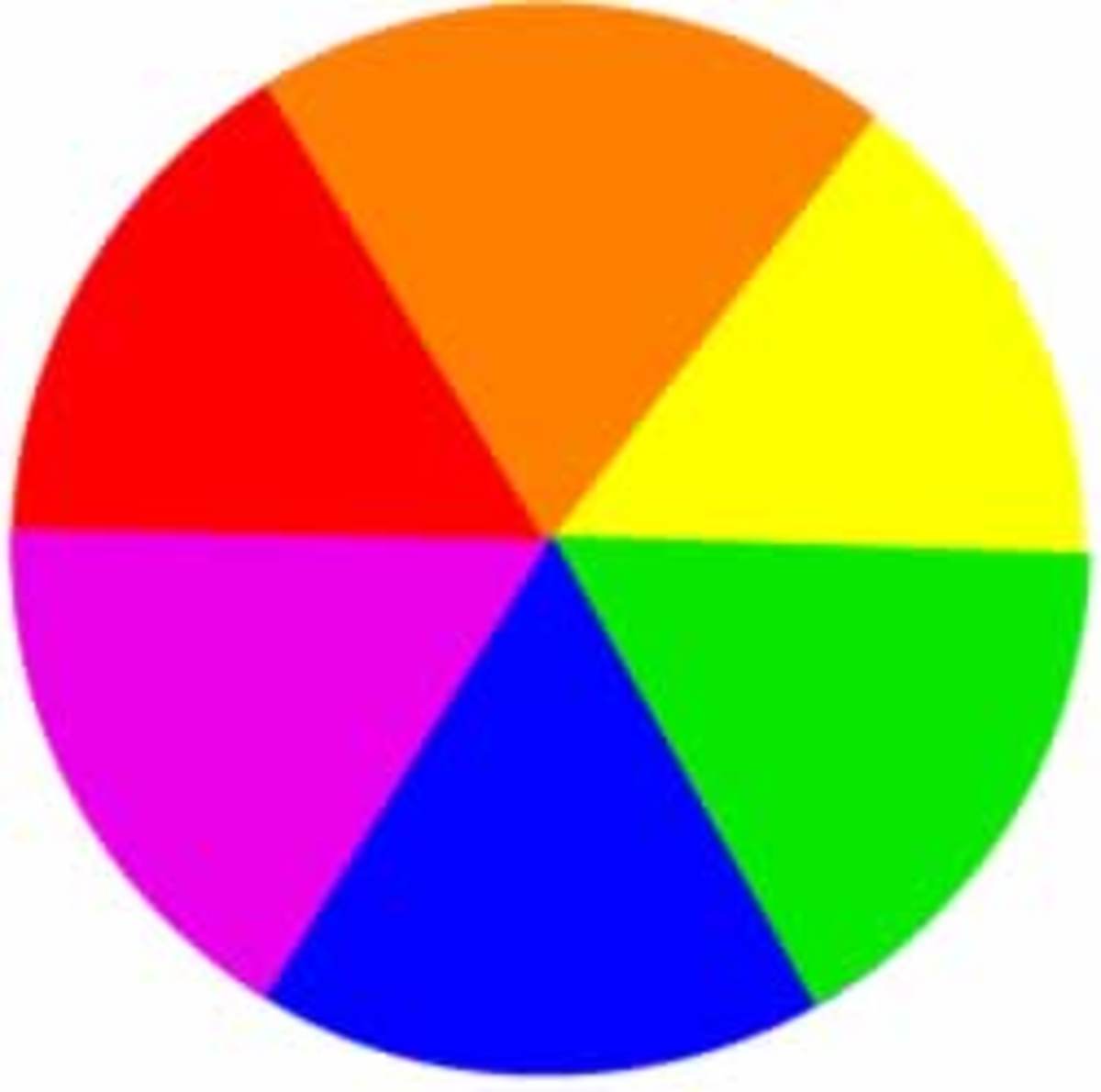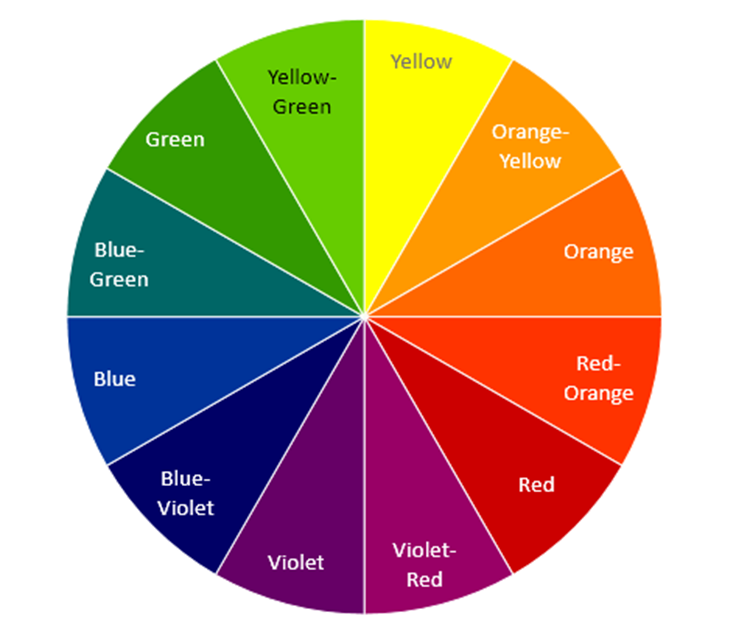
Primary Colors, Secondary Colors, Tertiary Colors What's the Difference? Find out at Color
Learn about the primary and secondary colors and how they are made. The color wheel is also explained. This is Color theory 101.Teaching Materials:View my Te.

Primary, Secondary & Tertiary Colors
Primary Colors. The three primary colors are the original parents of all other colors. You can find the primary colors on the color wheel on each end of it, equally distanced from one another. However, the primary colors are more complicated than most people usually assume. You probably learned in school that the primary colors are red, yellow.

Mrs. Zink's Art Blog
Secondary Colors Tertiary Colors Primary Colors Primary colors are the building blocks of all the other colors on the spectrum.

Rainbow Primary & Secondary Colours P, S, T colours Pinterest Secondary color
Secondary Colors. Secondary colors are made by mixing equal parts of two primary colors. They're called secondary colors because they're more closely related to the primary colors than any other set of colors - they're derived directly and exclusively from the primary colors. Beyond that, secondary colors are easy to find on the color.

What Are The 3 True Primary Colors Martinez Gregg
Primary, secondary and tertiary colors. There are 12 main colors on the color wheel. In the RGB color wheel, these hues are red, orange, yellow, chartreuse green, green, spring green, cyan, azure, blue, violet, magenta and rose. The color wheel can be divided into primary, secondary and tertiary colors.

Primary & Secondary Colors
Secondary colours: These are colour combinations created by the equal mixture of two primary colours. On the colour wheel, secondary colours are located between primary colours. According to the traditional colour wheel, red and yellow make orange, red and blue make purple and blue and yellow make green. If using an RGB colour wheel, there's.

Primary and secondary color wheel skinbda
The combination of primary and secondary colors is known as tertiary or intermediate colors, due to their compound nature. Blue-green, blue-violet, red-orange, red-violet, yellow-orange, and yellow-green are color combinations you can make from color mixing. On a color wheel, tertiary colors are between primary and secondary colors.

Pin on Color Psychology Meaning
Three Primary Colors (Ps): Red, Yellow, Blue Three Secondary Colors (S') : Orange, Green, Violet Six Tertiary Colors (Ts) : Red-Orange, Yellow-Orange, Yellow-Green, Blue-Green, Blue-Violet, Red-Violet, which are formed by mixing a primary with a secondary

Colour Wheel Secondary Colours Colour
In this multi-day lesson plan, which is adaptable for grades K-3, students use BrainPOP Jr. resources to identify primary/secondary colors as well as warm/cool colors and their relationship to each other. Students will also explore how black and white can be added to colors to create shades and tints, and analyze how color can be used to.

Primary and Secondary Colours and How To Use Them HubPages
In Theory, Primary Colors are the root of every other color. So in other words, you could conceivably mix gazillions of colors with only of Yellow, Red and Blue. Of course that's what they teach us in school. However, as I wrote in a previous Color Wheel post, color is not an exact science.

Primary and Secondary Colors
Primary colours can be mixed together to produce SECONDARY COLOURS. The table below shows the combination required to produce secondary colours. SUMMARY The colour wheel can be seen below and this can be used to help remember primary and secondary colours.

Learning about primary colours Kidspot
The primary colours are blue, yellow and red. When you mix these colours you can make new colours. When you mix red and yellow together, you make orange. When you mix red and blue together,.

What Are The Primary And Secondary Colors? Basics Of Color
For the human eye, good primary colors of light are red, green, and blue. Combining lights of these colors produces a large range of visible colors. That is, the primary and secondary RGB colors (with secondary colors in boldface) are: Combining RGB colors means adding light (thus the term "additive color"), and the combinations are brighter.

Color Theory and How to Use Color to Your Advantage
Our most colorful videos are arriving! Want to learn to mix colors with Smile and Learn? In this video, kids will meet primary and secondary colors in a fun.

Colour Theory, Properties and Harmonies Part 1 Choosing the Right Colour Scheme for Your
Primary colors sit opposite each other. Secondary colors are between the primaries. Tertiary colors fill in the gaps. Complementary colors sit directly across from each other. These pairings create high contrast and vibrancy. Some examples of complements are red & green, purple & yellow, blue & orange.

primary colors and secondary colors YouTube
The three true primary colors are Red, Yellow and Blue. These are not formed by mixing any colors. In fact, they help make secondary colors. What are the three secondary colors? The three.